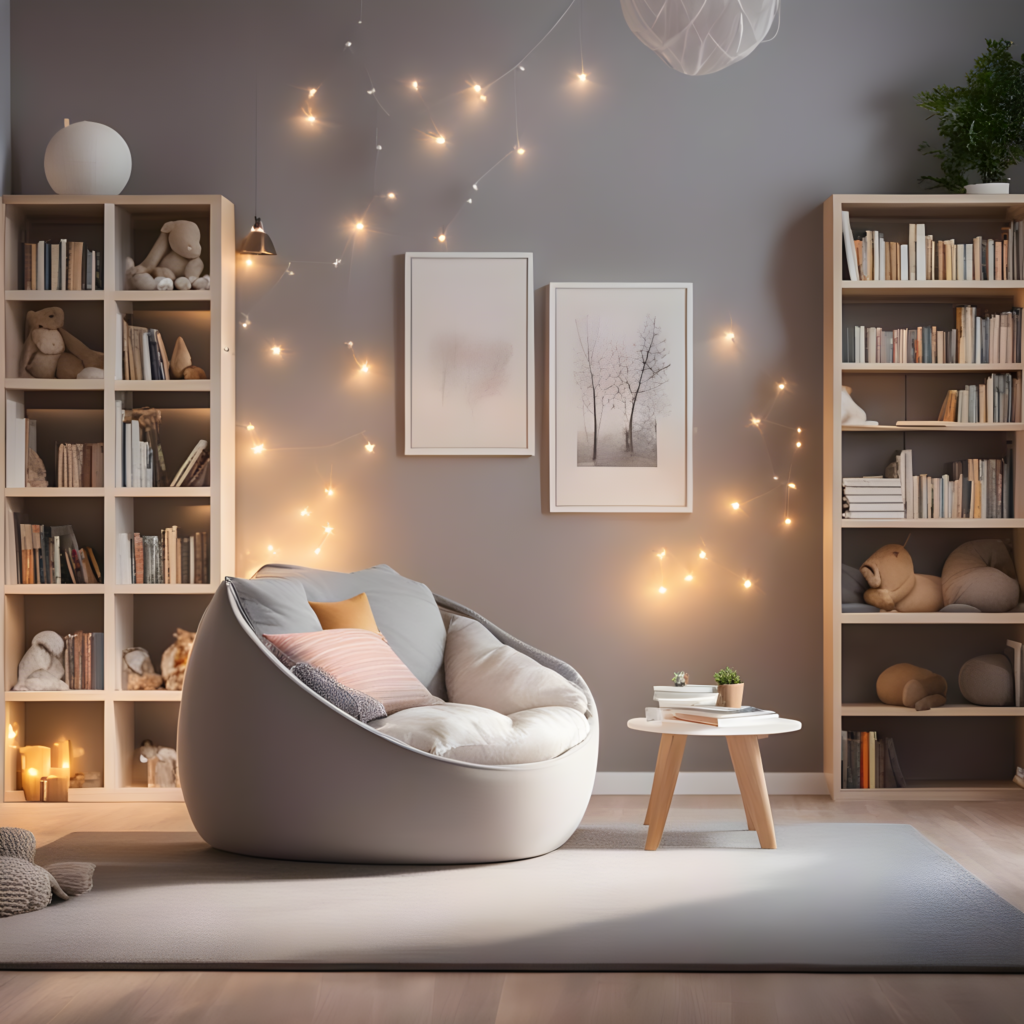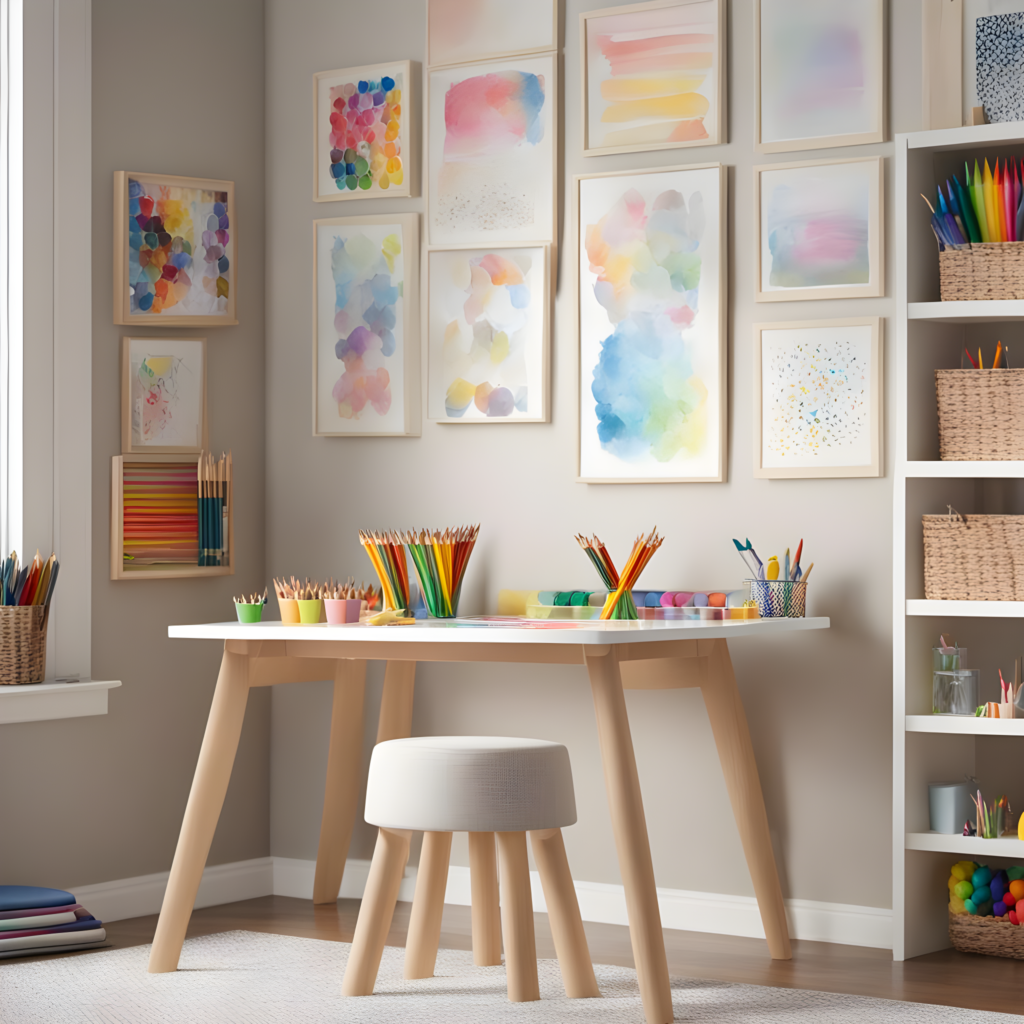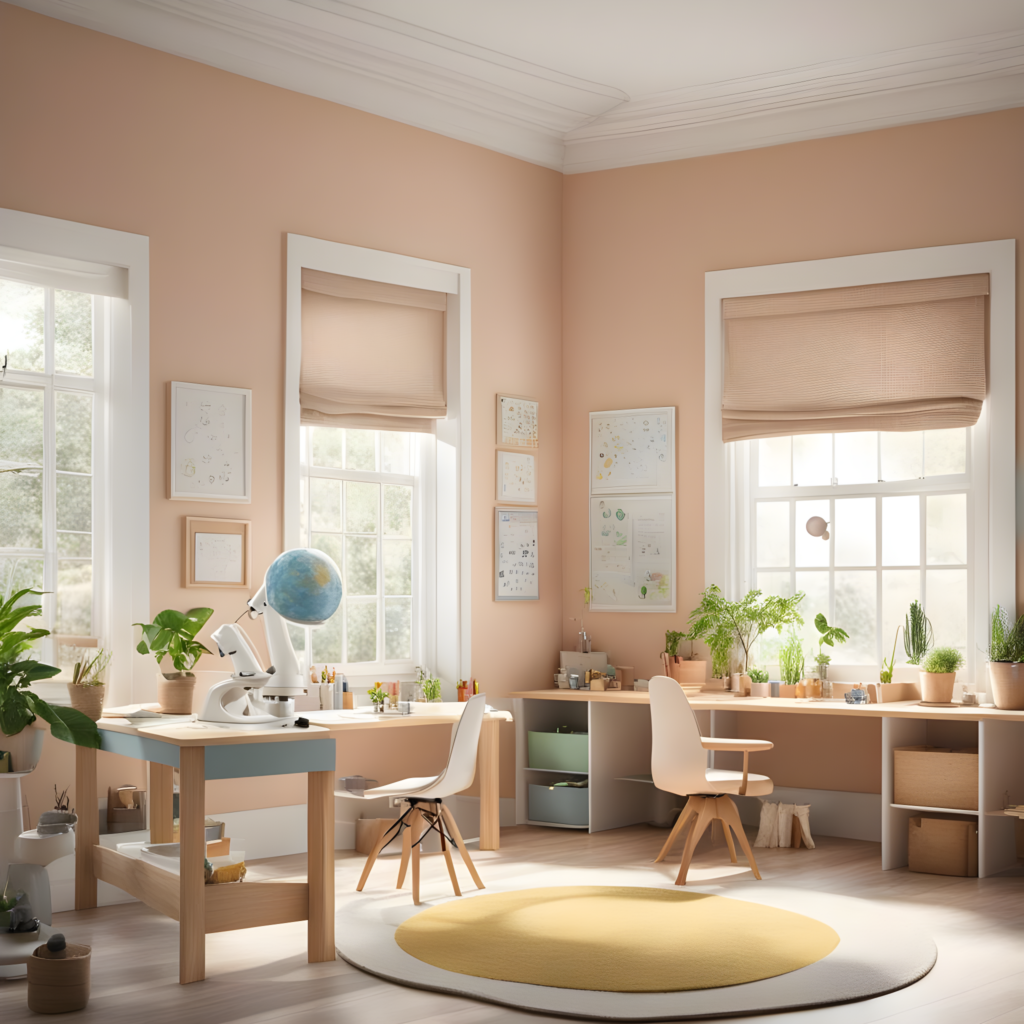Welcome back to another exciting chapter in our journey of crafting captivating spaces for the little ones in our lives. Last week, we delved into the art of designing fun and functional kids’ spaces, uncovering tips and tricks to create rooms that effortlessly blend playfulness with practicality. But this week, we’re taking that creative leap even further. Prepare to embark on a whimsical adventure into the realm of imaginative play spaces for kids.
While functionality and organization remain vital, we’re about to explore the enchanting world of play areas that stimulate creativity, spark curiosity, and fuel the boundless imaginations of our young adventurers. These spaces aren’t just rooms; they’re gateways to fantastical realms where kids can dream, explore, and learn through play. So, let’s venture beyond the ordinary and into the extraordinary, uncovering ingenious ideas to transform your child’s room into a world of wonder and imagination.
Imaginative play spaces
Imaginative play spaces often consist of different zones or corners dedicated to specific types of play. These may include a reading nook, an art corner, a pretend-play zone, a science and nature exploration area, and more. Each zone caters to different interests and encourages a wide range of imaginative activities.
These spaces promote open-ended play, where there are no strict rules or outcomes. Children are free to invent scenarios, stories, and games, allowing their creativity to flourish. Open-ended play stimulates problem-solving skills and encourages independent thinking.
It is important that these spaces provide easy access to materials and tools that support various activities. This includes a well-organized selection of books, art supplies, costumes, toys, and props relevant to each play zone. The availability of materials sparks inspiration and encourages kids to engage in imaginative play.
Involve your child in the design and personalization of their imaginative play space. Let them choose colors, decorations, and themes that resonate with their interests and preferences. This personal touch makes the space feel uniquely theirs.
Safety remains a top priority! Ensure that all materials and toys are age-appropriate and free from hazards. Regularly inspect the play space for any potential safety concerns. Additionally, use non-toxic paints and materials to create a safe environment.
Keep the space dynamic by periodically rotating toys and activities. This prevents boredom and maintains a sense of novelty, inspiring fresh ideas and play scenarios.
Imaginative play spaces provide opportunities for learning disguised as fun. Kids can explore science concepts, practice fine motor skills through art, enhance their reading abilities, and develop social skills through role-play.
Create an environment where storytelling is encouraged. Whether it’s through puppet shows, pretend-play scenarios, or reading nooks, storytelling fosters language development and enhances a child’s narrative skills.
These spaces encourage independence and decision-making. Children have the freedom to choose their play activities, explore their interests, and make decisions within their imaginative play world. Display your child’s artwork and creations in the imaginative play space to boost their self-esteem and pride in their accomplishments.
By nurturing imaginative play spaces for kids, you’re not only providing a fun and engaging environment but also supporting their overall development. These spaces are where creativity takes flight, where stories come to life, and where the magic of childhood is nurtured and cherished. Here are some ideas to encourage these enriching environments within a child’s room:
Reading Nook
Create a cozy reading corner with a comfortable chair or bean bag, soft pillows, and a well-stocked bookshelf. Make it an inviting space where your child can explore new worlds through books.
Art Corner
Dedicate an area for arts and crafts with a sturdy table and storage for art supplies like crayons, markers, colored pencils, and paper. Hang your child’s artwork on the walls to celebrate their creativity.
Pretend-Play Zone
Set up a pretend-play area with props and costumes. This could be a dress-up corner with costumes or a play kitchen with toy food and utensils. Encourage role-play and imaginative scenarios.


Building and Construction Zone
Include a designated space for building and construction play. Provide building blocks, LEGO sets, or other construction toys. A low table or play mat can be a great platform for building projects.
Nature and Science Corner
If your child is curious about nature and science, create a corner for exploring these interests. Add a terrarium, a collection of rocks and shells, or a small microscope for close-up examination.


Musical Area
Foster an appreciation for music by incorporating a musical area. Include a keyboard, a set of drums, or even simple handheld instruments. Encourage your child to experiment with sounds and rhythms.
Puppet Theater
Set up a puppet theater with puppets and a stage. This encourages storytelling and imaginative play as children put on their puppet shows.
Educational Wall Decals or Posters
Decorate the room with educational wall decals or posters featuring maps, the solar system, or inspirational quotes. These visuals can spark curiosity and learning.
Learning Boards
Hang learning boards or corkboards where your child can display their art, achievements, and educational materials like letters, numbers, or vocabulary words.
As we conclude this exploration of imaginative play spaces for kids, I hope you’re inspired to create a magical haven where your child’s imagination can run wild. These enchanting corners and zones within their room aren’t just places to play; they’re spaces to learn, grow, and dream. By nurturing their creativity and providing them with the tools for imaginative play, you’re fostering skills that will last a lifetime. So, let your child’s room be a canvas for their dreams, and watch as they embark on adventures that only their imagination can conceive. Thank you for joining me on this delightful journey of designing spaces that truly celebrate childhood! 🙂

Leave a Reply